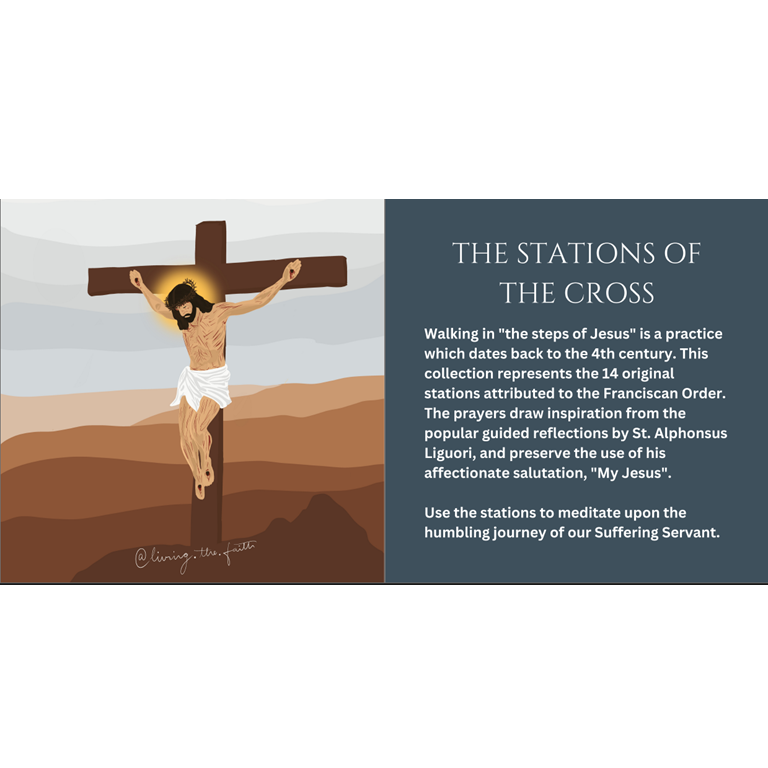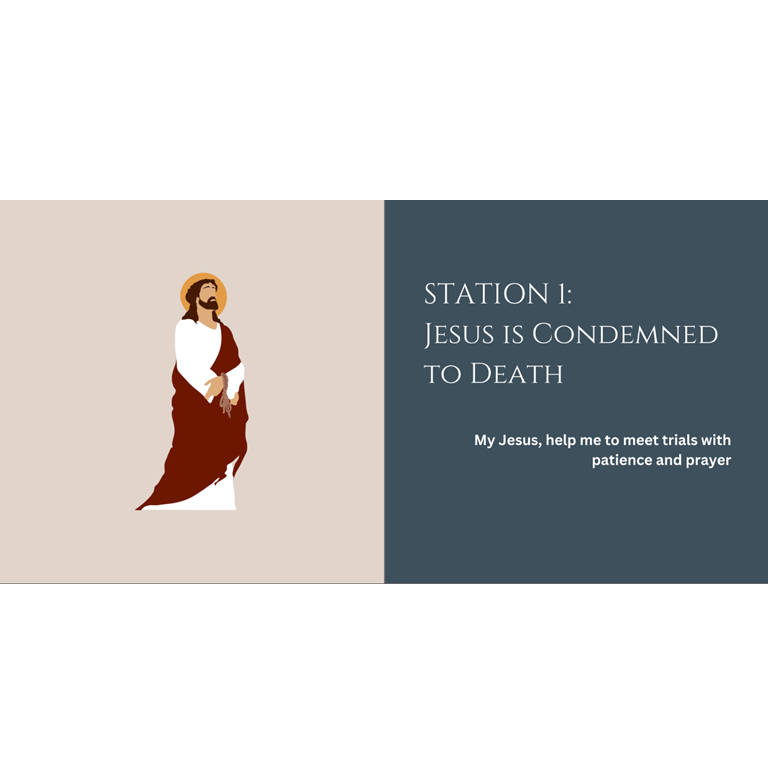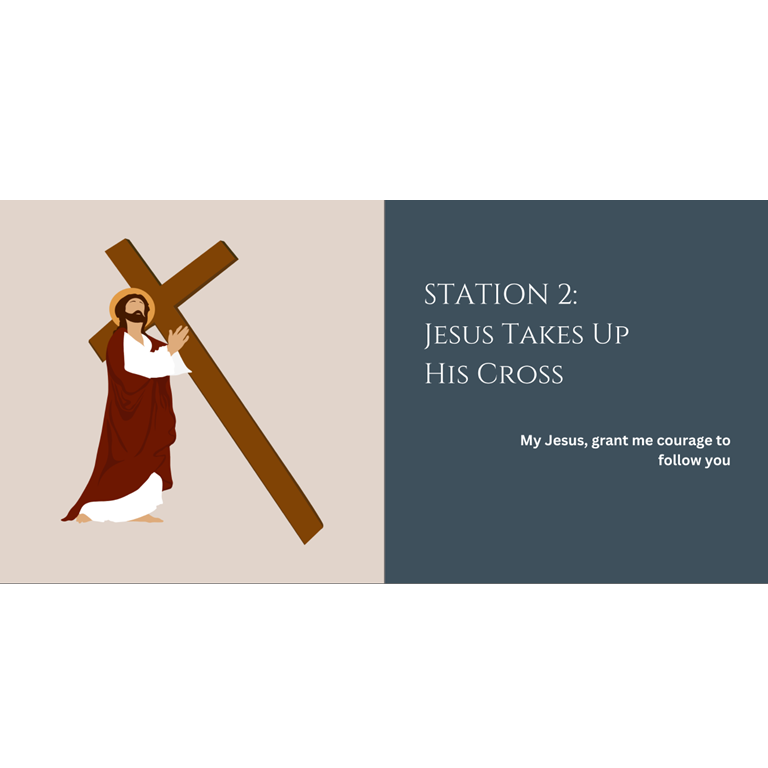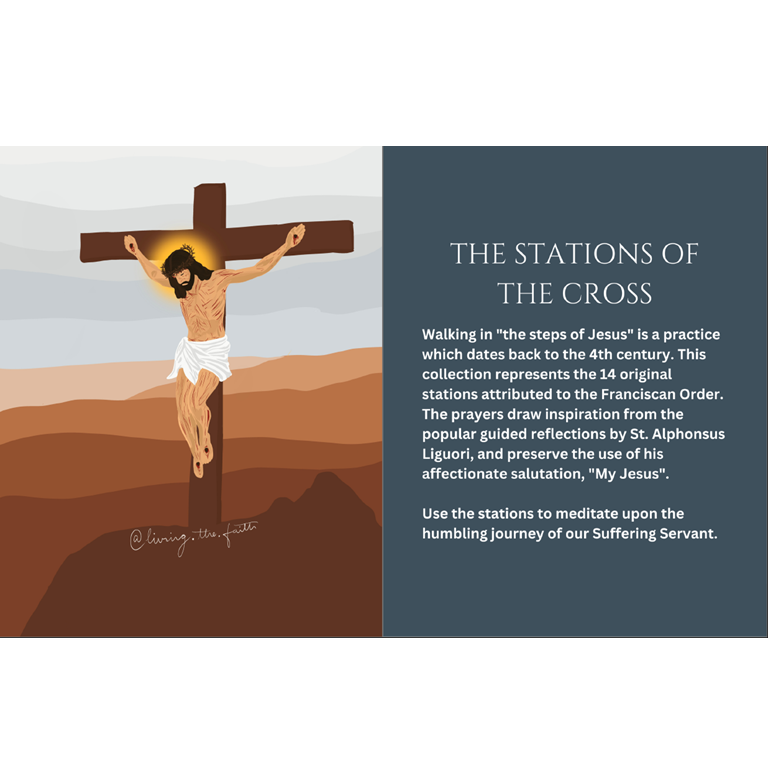WE’RE REMOVING BARRIERS TO CHRISTIAN MEDIA.
All of our content is available for free digitally, and we encourage other Christian creatives to commit to the same. Please download, share, and even modify our artwork by clicking on our “free downloads” button. We just ask that you attribute our artists. Learn more about our Creative Commons license (CC BY-SA 4.0). Printed versions of our publications are available in our store below.
Free U.S. Shipping on All Product
〰️
Free U.S. Shipping on All Product 〰️
Shop
-
The Canon 1 seeks to show that the goodness of God is the agent by which life itself finds its purpose. This is not a new idea, in fact I'd argue it is a very old one. The goodness of God represents the generative force behind creation, the premise that was challenged in the fall, and remains the frame through which kingdom life seeks its ultimate restoration and fulfillment.
Order and light are the the visual attributes through which I sought to convey this truth. In the first scene (pre-creation) a full spectrum of vibrant colors are teaming in a spiral of turbulent waves. It is apparent that while there is great beauty, there is also great danger. It is not until the second scene (creation) where peace and order are imparted and it is declared "good". By the third scene (the garden) the colors now find themselves commissioned, generating various characters and objects who, while legible, retain a certain degree of malleability. In scene four (the fall) darkness makes its first appearance, and we're introduced to a force which seeks to exploit and extinguish our ambiguous actors. Will order and light triumph? That is one thread which can be traced throughout the entire story of the Bible.
In order to create this series I utilized AI image generation. Part of me felt conflicted because of the great admiration I have for skilled creative professionals. In all honesty, I envy those who are able to lead their hands to actualize their imagination. That is not a gifting I hold (nothing more than above-average PowerPoint skills anyways). Consequently, AI was able to serve as a medium for me to still produce visual expressions of my imagination. It is a powerful tool which champions accessibility. And, I can assure you, it still necessitates a great deal of creativity - I challenge any skeptics to try to get a computer to generate 29 cohesive images each conveying abstract ideas in a consistent style and color pallet. It is far from easy. I estimate I generated over 6000 prompts to end up with my small collection of images shared in The Canon 1.
In the end, it was the avenue through which I was able to launch this project, and for that I am thankful. My hope is that any success from this series will enable me to commission talented visual artists for future series.
-
The Stations of the Cross invite us to know Christ as the suffering servant. It is often associated with Good Friday, and functions as a devotional pilgrimage to follow Christ along His journey to the cross.
The composition of this well-trodden liturgy is deliberate. Three falls display the growing cost of obedience. Encounters with others offer flashes of shared humanity. The climax comes not with resistance, but with humble submission—stripped, pierced, lifted. This is not the expected story of a savior. By the end, there is a pensive stillness. A body removed, a tomb sealed. Where is our God? Here, amidst the brokenness of man. The Stations do not merely recount suffering; they reframe it.
The collection represents the 14 original stations attributed to the Franciscan Order, they are the stations you'll find displayed in thousands of Catholic, Anglican, and Lutheran parishes around the world. The complimentary prayers draw inspiration from the popular guided reflections by St. Alphonsus Liguori, and preserve the use of his affectionate salutation, "My Jesus".
Michelle's artwork masterfully captures this ancient liturgy in a modern, minimalist expression. Simple and sophisticated, you'll find that her style provides a frame fit for meditation, unencumbered by superfluous details. Instead, it provides penetrating clarity, evoking the humility and meekness of our suffering servant.



















